Creating Smart Communities: A Guide for State Policymakers
National Conference for State Legislatures, October 2020
Introduction
Policymakers across the nation are looking to intelligently implement new technologies with the goal of creating vibrant, livable communities that offer diverse economic opportunities to all citizens while attracting innovative businesses and workers.
Increased reliance on all-online systems for commerce, government operations, health care and education driven by the COVID-19 pandemic, underscores the importance of having robust and “smart” infrastructure to ensure that daily life can continue as seamlessly as possible during times of emergency. The pursuit of such projects can create jobs, drive economic growth and positively impact community members.
The effort to become smarter and more connected requires state and local governments to consider a variety of factors. These include selecting and implementing technologies in a way that best serves the community, determining needs, creating a plan, leveraging opportunities with local businesses and community stakeholders, coordinating technologies across the many interconnected sectors and offices, navigating state and local regulations, and maximizing implementation with limited resources.
As communities plan for technology and infrastructure investments in this new environment, developing a coordinated, cross-government planning approach can greatly enhance efficiency. With the help of state-level entities, and in partnership with experts in the private sector, a coordinated plan can promote the development of a unified vision for how communities will approach the many different decisions that need to be made.
This report explores how state policymakers can support the smart use of technology to create safe, accessible, livable communities that are rich with economic opportunity and prepared to meet any challenge that might arise. It explores the many ways in which telecommunications, energy and transportation technologies can be used to create smart infrastructure and discusses the legitimate data management and cybersecurity concerns that accompany the use of these technologies.
Defining the Smart Community
The meaning of “smart community” varies among stakeholders, organizations and community members. A common theme among these many definitions is that a smart community leverages information, infrastructure, and communication technologies, often in combination with other technologies, to create economic opportunity and improve the quality of life for its citizens. Livability, efficiency, accessibility and sustainability are among the many other characteristics also attributed to smart communities.
The smart community concept is new and evolving as the number of communities using “smart” technologies continues to grow. Although several communities have taken actions to leverage smart technologies—such as installing smart street lighting, traffic or pedestrian sensors, and developing enhanced communications, smart buildings or smart transportation technologies—few have comprehensively adopted smart community concepts across multiple sectors. While communities may not have capacity to holistically implement every smart technology all at once, many have decided to invest in technologies and infrastructure that can lay the groundwork for future smart community growth.
This paper will focus on the intersection between telecommunications, energy and transportation technologies, exploring how these technologies can be managed and implemented to meet the goals of smart communities. The benefits of smart technologies are already being realized in a number of cities. For example, in Seattle, the traffic management system uses real time traffic data to ease the flow of traffic through the downtown area.
Communities will likely not have the resources and knowledge to build and manage the many technologies that may be available for reaching smart community goals. The need to quickly respond to COVID-19 has led cities and states across the country to reevaluate budgets, and otherwise rethink how best to invest scarce resources in helping communities and community members recover from the outbreak. This presents another opportunity to leverage expertise in the telecommunications, energy and transportation sectors through public-private partnerships (P3s), which can assist in deploying broadband and wireless communications, as well as smart grid, infrastructure and traffic management technologies. These efforts can enhance efficiency, create cost savings, and deliver better services to residents and businesses.
“Living Lab” in Texas, Smart Neighborhood in Alabama
Dallas has tapped private-sector expertise to create the Dallas Innovation Alliance, a P3 composed of stakeholders who are helping to turn Dallas into a smart community. Partners—including AT&T, Microsoft, IBM and area universities—provide input for the city’s “living lab,” which serves as a testing ground for smart technologies and is located in Dallas’ West End. The first phase of the effort was launched in March 2017 and includes smart parking, smart irrigation, smart water systems, interactive digital kiosks and an open-source data platform.
Birmingham, Ala.’s energy-efficient Smart Neighborhood provides another example of a future-focused smart community. The Smart Neighborhood is a collaboration between the city of Birmingham and major utility Alabama Power to develop a microgrid-powered community of high-performance homes, energy-efficient systems and appliances and connected devices. This is the first residential microgrid in the Southeast and is powered by solar panels, battery storage and a backup natural gas generator. The homes’ smart systems help make them 35% more efficient than the standard new Alabama home.
It’s not just urban environments that can benefit from smart community concepts. Rural communities, many affected by population loss, driven in part by a lack of economic opportunities that threaten their vibrancy, can use smart community concepts to improve connectivity and create employment opportunities as more job roles move online.
While most of the decisions around smart communities are made at the town, city and county level, state-level decision-making will play a major role in enabling communities to best tailor smart technologies to their needs. State legislators can provide resources and support to communities on a range of issues, including data security and management, smart community planning, tax incentives, and policies that encourage and facilitate public-private partnerships.
